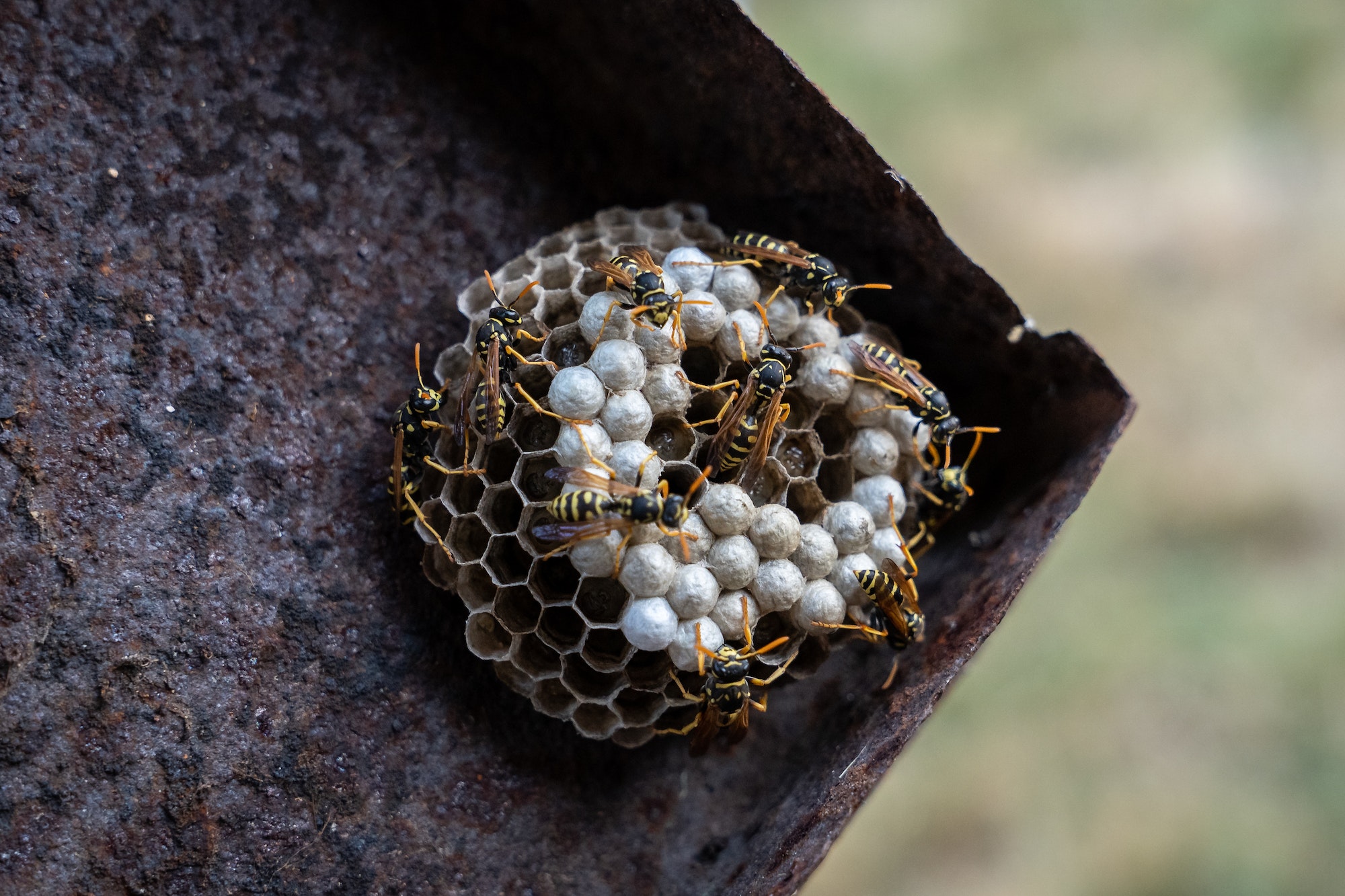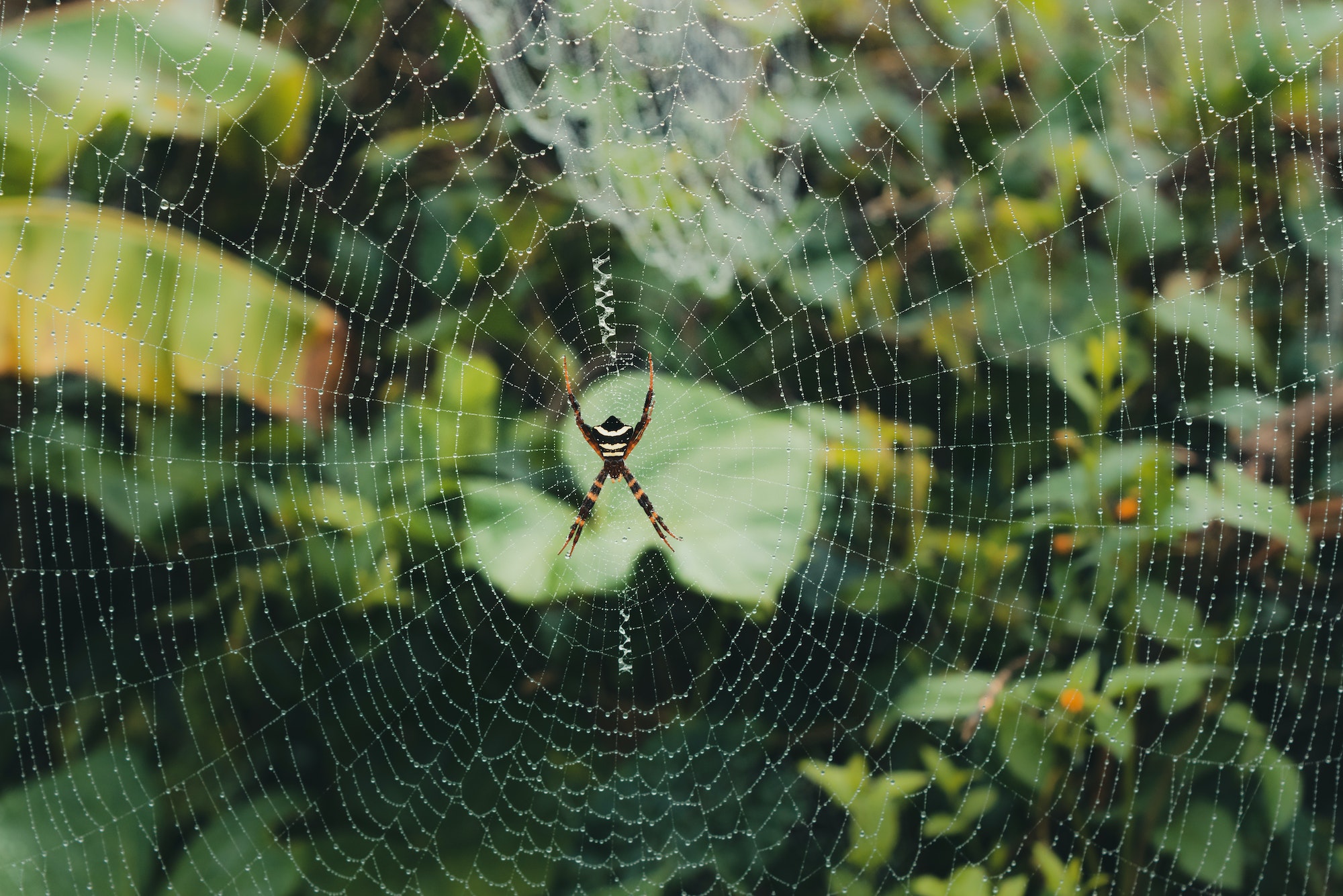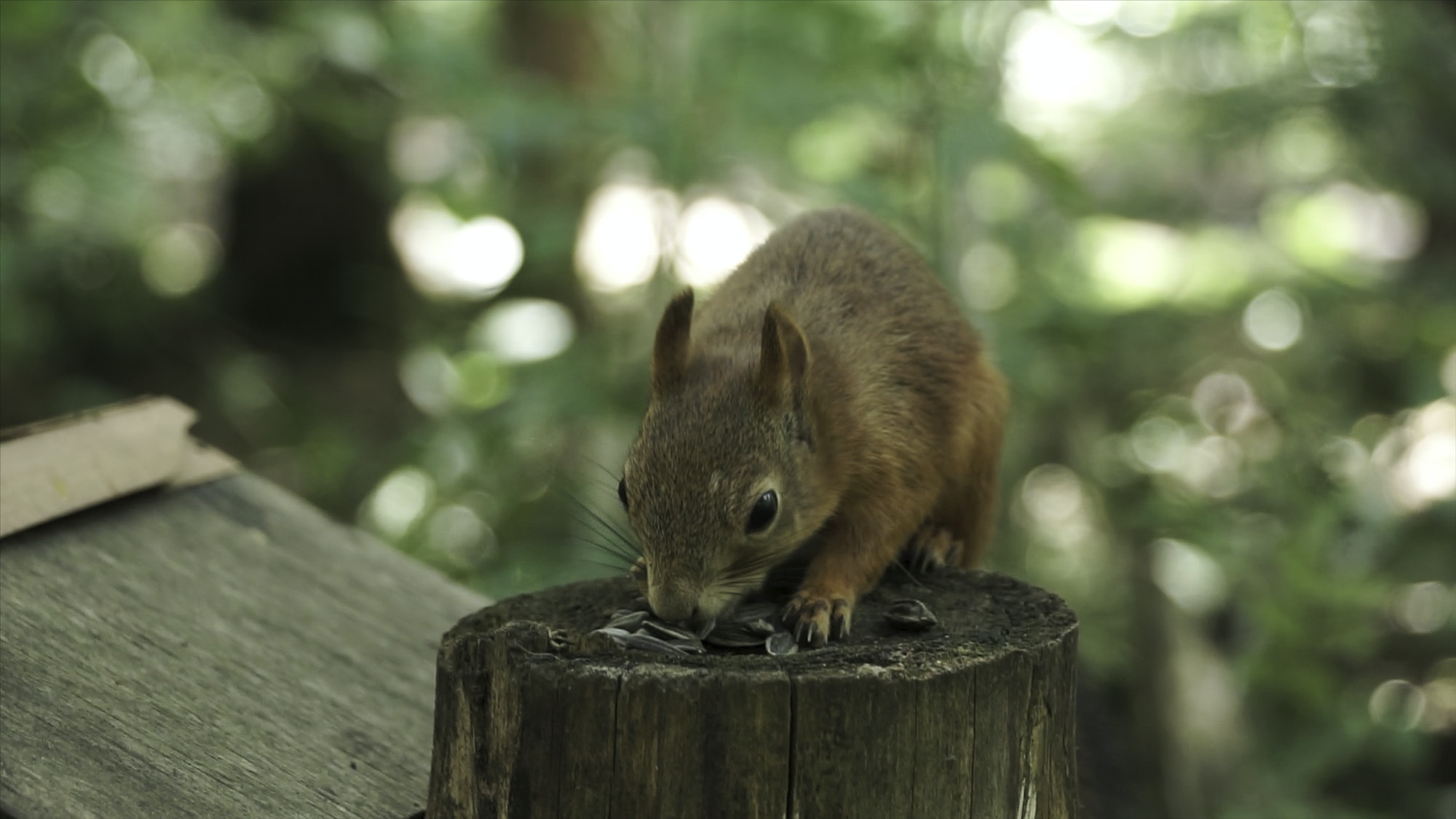Buzzing Pests Bothering You? Unveiling Effective Strategies for Stinging Insect Removal
A warm summer day’s gentle hum can quickly become a nightmare when stinging insects take center stage. From wasps to bees, these buzzing creatures can disrupt outdoor activities and pose health risks to humans and pets alike. When faced with a stinging insect infestation, restoring peace and safety becomes paramount. This comprehensive guide unveils the art of stinging insect removal, exploring methods, precautions, and expert advice to help you regain control of your surroundings and enjoy a pest-free environment.
Understanding the Sting: Common Stinging Insects
- Bees: Bees are crucial pollinators, but they can become a nuisance when their nests are near human activity. Even though they usually only strike when provoked, their stings can be severe and sometimes result in allergic reactions.
- Wasps: Unlike bees, wasps are more aggressive and can sting repeatedly. They often build their nests in sheltered areas, including eaves, attics, and shrubs. Wasp stings can hurt, swell, and occasionally result in life-threatening allergic reactions.
- Hornets: Hornets are larger than wasps and can deliver painful stings. They construct paper-like nests that can be found in trees, shrubs, and even building structures.
- Yellow Jackets: These small, yellow-and-black insects are known for their aggressive behavior and tendency to build nests in the ground. Yellow jacket stings can be particularly painful and may lead to allergic reactions.
Immediate Actions for Stinging Insect Infestations
- Stay Calm: If you encounter stinging insects, remain calm and avoid sudden movements. Aggressive behavior or rapid movements can trigger stinging insects to attack.
- Avoid Swatting: Refrain from swatting at stinging insects, as this can provoke them to sting. Gently move away from the area instead.
- Seek Shelter: If you’re outdoors and stinging insects are present, seek shelter in a closed space, such as a building or car until they disperse.
- Wear Protective Clothing: If you must approach a nest, don protective clothing such as long sleeves, gloves, pants, and a hat with a veil to reduce the likelihood of being stung.
- Call Professionals: If you discover a stinging insect nest on your property, it’s best to contact professional pest control experts to assess and remove the nest safely.
Expert Strategies for Stinging Insect Removal
- Professional Inspection: In order to locate and identify stinging insect nests, exterminators will first conduct a comprehensive inspection of your property.
- Proper Identification: Identifying the specific type of stinging insect is crucial, as different species require different removal methods and approaches.
- Safe Removal Techniques: Depending on the type of stinging insect, professionals employ techniques such as nest removal, trapping, and insecticide application.
- Preventive Measures: Pest control professionals remove current colonies and give advice for preventing future infestations, including sealing entry openings and removing attractants.
- Environmental Considerations: Many pest control companies prioritize environmentally friendly approaches, ensuring that removal methods are effective while minimizing harm to non-target species.
DIY Approaches to Stinging Insect Removal
- Wasp Traps: Commercial or homemade wasp traps can help reduce the population of stinging insects in your outdoor spaces.
- Niche Elimination: Removing food and water sources around your property can discourage stinging insects from nesting near your home.
- Nontoxic Sprays: Some DIY sprays can deter stinging insects without causing harm to them or the environment.
- Nest Removal: If the brood is small and easily accessible, you may be able to remove it yourself using the appropriate protective gear.
- Essential Oil Repellents: Certain essential oils, such as peppermint, eucalyptus, and citronella, can act as natural repellents for stinging insects.
Preventing Stinging Insect Infestations
- Regular Maintenance: Keep your property well-maintained by trimming shrubs, mowing the lawn, and eliminating clutter that could serve as nesting sites.
- Sealing Entry Points: Seal gaps and cracks in your home’s exterior to prevent stinging insects from finding their way inside.
- Covering Trash Bins: Ensure that trash bins are covered tightly to avoid attracting stinging insects with food sources.
- Checking Vents and Chimneys: Regularly inspect vents and chimneys for nests and seal any openings that could serve as entry points.
- Professional Consultation: Consulting with pest control professionals for routine inspections and preventive measures can help ensure your property remains stinging insect-free.
Dealing with Allergic Reactions and Health Risks
- Recognizing Allergic Reactions: It’s important to recognize the signs of an allergic reaction to a stinging insect sting, such as difficulty breathing, hives, swelling, or a rapid pulse.
- Seek Medical Attention: Seek quick medical assistance or phone emergency services if you or someone else has severe allergic reactions to a sting.
- Carry an EpiPen: Individuals with known severe allergies to stinging insect stings should carry an EpiPen and know how to use it in case of an emergency.
- Avoidance: If you’ve experienced severe allergic reactions to stinging insect stings in the past, consult an allergist for advice on avoidance strategies and potential immunotherapy options.
- Educate Others: If you have children, family members, or friends with allergies, educate them about the risks of stinging insect stings and how to respond in case of an emergency.
Harmony Restored: Tales of Stinging Insect Removal
1. The Wasp’s Web Unwoven:
A family’s backyard oasis was threatened by a thriving wasp nest tucked away in their eaves. With summer gatherings on the horizon, they needed a solution. They contacted professional pest control experts who safely removed the nest and provided guidance on preventing future infestations. Inspired by their experience, the family shared their story with neighbors, creating a ripple effect of awareness and proactive pest control measures in the community.
2. The Buzzing Backyard:
A homeowner’s dream of a tranquil backyard was marred by the presence of yellow jackets nesting in the ground. Fearful of their children getting stung, the homeowners reached out to pest control professionals. The experts safely relocated the nest and educated the family on maintaining a stinging insect-free environment. This experience inspired the homeowners to start an educational campaign in their neighborhood, teaching others about stinging insect removal and prevention.
3. A Schoolyard Solution:
In a local school, stinging insects had built nests near the playground, causing safety concerns for both students and staff. The school administration partnered with pest control professionals to address the issue. The professionals removed the nests and conducted workshops for the school community, empowering them with knowledge on stinging insect removal and avoidance strategies.
Stinging Insect Removal Lessons
- The Importance of Swift Action: The tales of stinging insect removal underscore the importance of taking action promptly. Delaying removal efforts can result in increased nest size, population, and potential hazards.
- Collaboration with Professionals: Each story highlights the value of collaborating with pest control experts. Their expertise ensures safe and effective removal and preventive measures that promote long-term success.
- Raising Community Awareness: By sharing their experiences and knowledge, individuals are creating a culture of awareness and proactive stinging insect removal practices in their communities.
- Empowering Education: Education is key in stinging insect removal. Whether through workshops, campaigns, or school initiatives, knowledge empowers individuals to take charge of their environments.
- Protecting Loved Ones: From families to schools, the tales remind us that stinging insect removal isn’t just about property protection—it’s about safeguarding loved ones and creating safe spaces for all.
Harnessing Technology for Stinging Insect Removal
- Mobile Apps for Identification: Mobile apps allow users to identify stinging insects based on photos, helping homeowners determine whether professional removal is necessary.
- Smart Pest Traps: Some smart traps use attractants and technology to lure stinging insects safely, capturing and containing them.
- GPS Mapping: Pest control professionals use GPS mapping to pinpoint nest locations accurately, ensuring efficient removal without damaging property.
- Online Resources: Online platforms offer resources and guides for DIY stinging insect removal, emphasizing safety and proper techniques.
- Remote Consultations: Pest control companies offer virtual consultations, allowing homeowners to show experts the infestation via video and receive advice on appropriate removal strategies.
Stinging Insect Removal Advocates
- Schools and Educational Institutions: Many schools prioritize stinging insect removal to protect students and staff. They collaborate with professionals and educate their communities on preventive measures.
- Community Organizations: Neighborhood associations and community groups partner with pest control companies to organize workshops and campaigns on stinging insect removal and prevention.
- Public Health Initiatives: Public health organizations launch campaigns to raise awareness about stinging insect risks, educate the public, and promote safe removal practices.
FAQs About Stinging Insect Removal
Q1: Can I remove a bee’s nest without harming the bees?
A1: It’s best to contact professional beekeepers or pest control experts experienced in live bee removal. They can relocate the bees safely while preserving their population.
Q2: Can I remove a stinging insect nest in winter?
A2: It’s recommended to remove stinging insect nests before winter, as the cold weather often reduces the activity of stinging insects, making removal safer and more effective.
Q3: Are stinging insects active at night?
A3: Many stinging insects, like bees and wasps, are less active at night. Removing nests during daylight hours is safer when they are less active.
Q4: Can I use bug sprays to remove stinging insects?
A4: Bug sprays might not be effective for removing stinging insects’ nests and can be hazardous. Professional removal methods are safer and more reliable.
Q5: Can I prevent stinging insects with plants?
A5: Planting certain herbs and flowers, like mint and marigold, can help repel stinging insects. However, professional removal and preventive measures are still necessary for effective control.
Conclusion
In the delicate balance of nature and human habitation, stinging insects can disrupt harmony with their presence. The art of stinging insect removal holds the power to restore that harmony, allowing us to coexist with the natural world while safeguarding our homes, loved ones, and communities. From bees to wasps, each stinging insect has a role in the ecosystem, but their proximity to humans requires a strategic and responsible approach to removal.
As we journey through the realms of stinging insect removal, we discover tales of swift action, collaboration with professionals, and the power of education. Through technological advancements and proactive initiatives, we’re evolving the ways in which we approach stinging insect removal, combining knowledge and innovation to create pest-free environments.
Ultimately, the art of stinging insect removal isn’t just about getting rid of pests; it’s about embracing our role as stewards of our surroundings. It’s about fostering understanding, compassion, and coexistence while taking practical measures to ensure safety and well-being. As you embark on the journey of stinging insect removal, remember that in every buzz, there’s an opportunity to restore balance and create spaces where both humans and the natural world can thrive in harmony.








